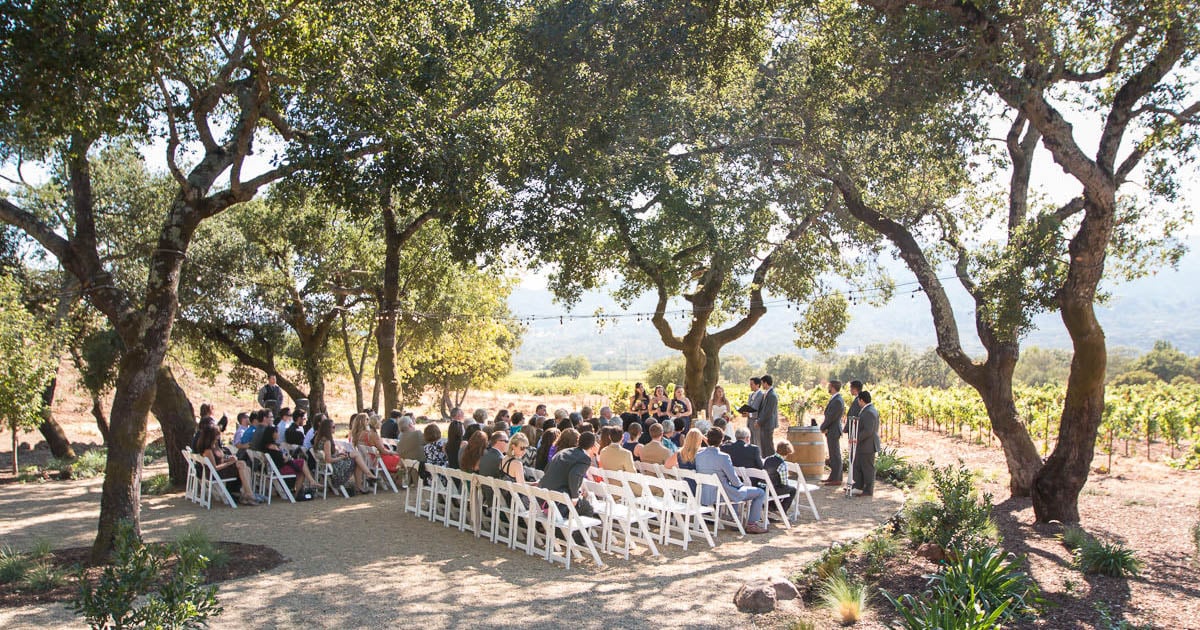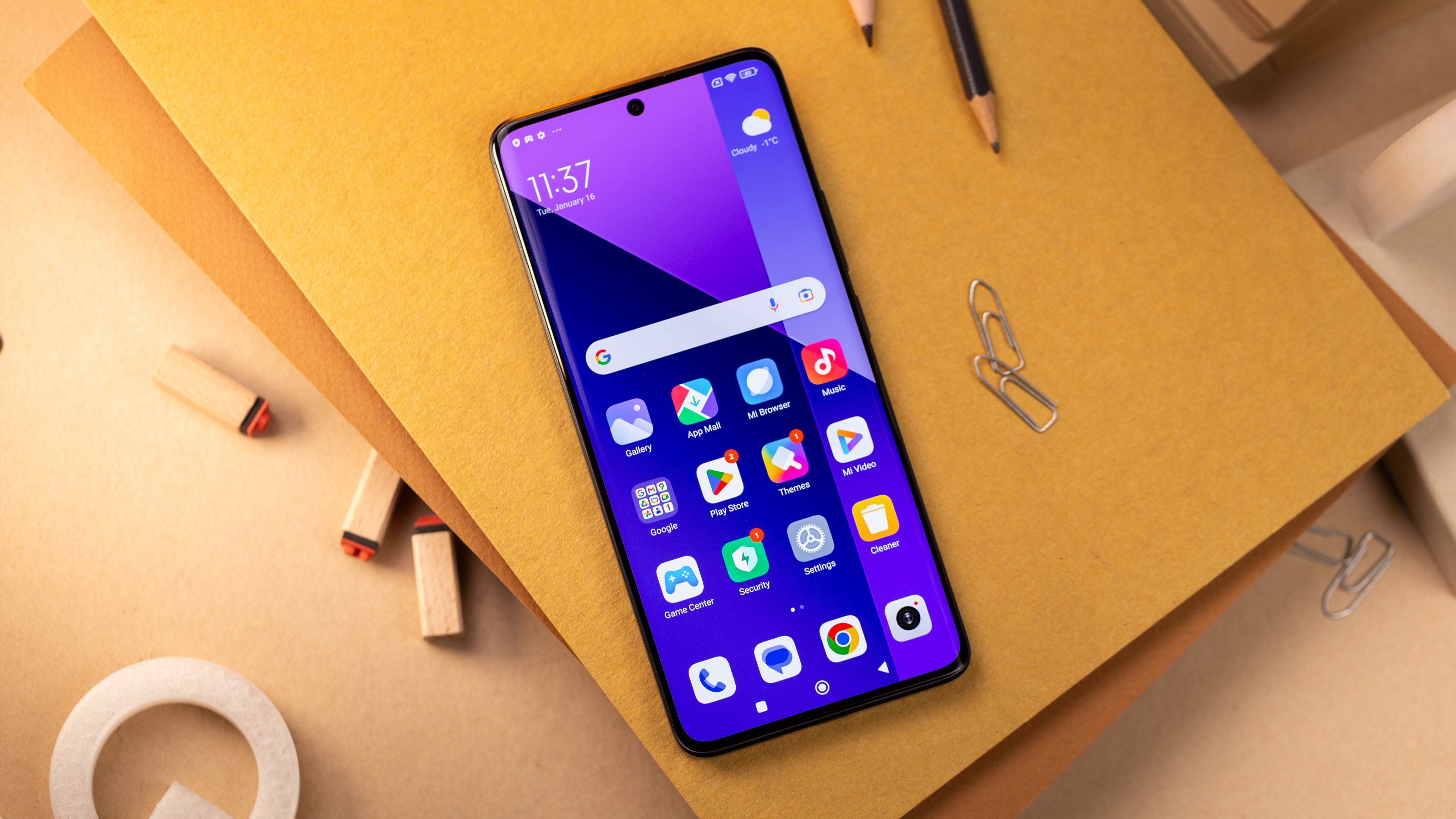
One of the crucial elements of a wedding day is the timeline. As photographers, the timeline dictates what types of photos you’ll be shooting and when you’ll be shooting them. Today we’re going to talk about how to create a wedding photography timeline to make your shooting experience better for you and your clients. There are a few key reasons for you to learn to create a timeline for your weddings. You as the photographer are going to be expected to cover all of the events whether there’s a realistic timeline for the day or not, therefore, you might as well make sure that you influence the timeline as much as possible. Additionally, thinking through the timeline will help you understand the flow of the day which will lead to better photos. Sometimes you will have an experienced wedding planner creating the timeline but other times the couple will be creating the timeline, and they have probably never done this before. Whatever happens on a wedding day can either make you look good or bad as the photographer. The more you can help influence things like the timeline, the more you can set yourself up for success. Table of Contents Start With Any Fixed Times Such as Ceremony Start The majority of my wedding photography timelines are built outwards from the ceremony start time. Depending on the venue, the ceremony time will often be a fixed time. Sometimes you will be able to influence the ceremony start time slightly but it’s often based on when the couple gets access to the venue or when dinner is served. If you’re lucky the venue will have taken into consideration the best light for the ceremony, we’ll talk about light in the next section. The other common fixed times might be dinner or reception end time. Some venues have a time that all the guests have to be out of the venue at the end of the night. Say you have a ceremony time of 4 pm, from there you can work backward to determine what time you need your bride to get dressed. For example, I always suggest a pre-ceremony buffer time for the bride to freshen up after photos which would mean if we had an hour’s worth of pre-ceremony pictures we would schedule those from approximately 2:30-3:30. In the next few sections we’ll gather some more information that will help you determine how much time you need for various types of pictures.
Study the Light for the Day Once you have your fixed times to work with, you’re going to want to determine your ideal timing for various events. What people really want is sunset all day. I can’t tell you the number of Pinterest boards I’ve been sent that show epic sunset lighting on every picture followed by a timeline where we’re in the middle of speeches during sunset. If you know what time sunset is, where the sun is going to set, and when the venue is going to be most beautiful, then you can attempt to create an ideal timeline where you are taking couples portraits during that time. You can also try to sway family pictures to be at a time or location that won’t cause horrendous shadows on everyone’s faces. Because here’s the truth. You will be responsible for those eye socket shadows and shiny foreheads that the sun created. It will be your “fault” even if you told them it was best to avoid mid-day light and that it’s really hard to shoot group pictures with that view at that time of day. We use tools like The Photographer’s Ephemeris to determine how the light is going to fall on the mountains at various times of the day. Despite what everyone thinks, capturing epic lighting actually takes planning and preparation. We can’t control the weather, but we can plan to put ourselves in the best position to take advantage of great light. Determine Your Couples Priorities and Preferences The next helpful step to take is to determine the priorities and preferences of your couple. There are a few variables that will influence your timeline. In the next section, we’ll talk about your style and preferences too but in my opinion, your clients’ priorities should become your priorities. For example, some couples have strong preferences around whether or not they want to do a first look. A first look has become somewhat standard in order to alleviate stress on the timeline but some couples really want that moment of seeing each other walk down the aisle. Other couples really want to be able to enjoy cocktail hour so they’re insistent on a first look.
Typically if your couple does not do a first look you have to squeeze family, bridal party, and couple portraits into a cocktail hour. That can be stressful but it’s doable so I like to give my couples the choice. First look or not, I personally always prefer to do family pictures (and usually bridal parties too) after the ceremony for a variety of reasons. Inevitably we’ll be missing one uncle or brother before the ceremony and we’ll have to reshoot those pictures again anyway. Second, the light is often better post-ceremony than mid-day. And lastly, the efficiency makes for a better experience than making everyone show up an hour before the ceremony to stand around. Another example might be couples that want to prioritize getting ready photos versus dance party photos. Or some couples have big families or big bridal parties which results in more time needing to be dedicated to those photos. Some couples might prioritize portraits while others want a lot of candids. Incorporate Your Style Next, you’re going to want to incorporate your style and priorities into the timeline. This partly comes from shooting what you like to shoot but it also comes from the reason the couple hired you in the first place. For example, many of our couples hire us for our landscape portraits so they’ll be expecting us to create those for them. If your couple hires you for your editorial style, you’ll need to make sure you have time to photograph the reception details before the guests mess them up. Or if your couple hires you for the way you shoot a bridal party, you’ll need to schedule much more time for that than another photographer might. Once you know the priorities of your couple, you can blend those with your own priorities to come up with the perfect timeline. We personally prefer to limit the amount of time we spend on family or bridal party combo pictures. We need to nail those shots and make them great but we don’t need to drag the bridal party and family all over the venue for an hour, and most of our couples don’t want that either from an experience standpoint.
Refine as Necessary With all the necessary information in hand, you can refine and customize the timeline. At this point, we essentially have two versions of a standard timeline that we use, one for couples doing a first look and one for couples who aren’t. Both versions incorporate our preferences by being shifted around the best light and almost always include time for portraits around golden hour and/or sunset. You’ll want to get a handle on the number of combinations of family photos to determine how long you need to budget for those. If I build a family picture list with an efficient order and shoot those pictures right after the ceremony before anyone disappears to the bar, I can knock those out quickly. But if there are various step-families and the list continues to grow, you’ll need to budget more time for that. If there is travel time between the ceremony and reception, you’ll need to add that in too. The reception timeline is normally up to a DJ but you’ll want to know what it looks like especially if there are a variety of complicated lighting scenarios back to back. And lastly, you’ll need to ensure that you can fit everything in during the hours that your couple booked you for. Summary In summary, there’s not always a one-size-fits-all wedding photography timeline but you can create templates based on your style and preferences. From there you can customize based on the times that are set by the venue and the preferences of your particular couple. Setting expectations with your couple can help, especially for things like family photos and making sure you plan those to be as efficient as possible without compromising quality. To give you some ballpark numbers, here are some time frames below: Getting Ready Pictures: I like at least 1 hour but 2-3 allows for more photojournalism and moments rather than rushing through more predictable shots First Look and Couples Portraits: Typically 30 minutes to more like an hour depending on locations and travel time, this is the main advantage to doing a first look so might as well aim for more time if you can Bridal Party Pictures: 15-30 minutes depending on location, size of bridal party, and how you shoot these, I often prefer to do these after the ceremony anyway but it depends on how you shoot Pre-ceremony Buffer Time: At least 30 min possibly more if guests are arriving and the bride wants to hide away Ceremony: Varies but typically 20-30 minutes Family and Bridal Party Pictures: Anywhere from 15 minutes to an hour depending on combinations and chaos and if you have to track people down Couples Portraits (if they didn’t do a first look): Whatever is remaining of cocktail hour Sunset Portraits: We always put these on the timeline but often only are able to squeeze 15 minutes out of the reception timeline by sneaking the couple out during dinner Reception: What you need to know here is what the formal events are, when they’re happening, and what type of lighting conditions you need to plan for
My recommendations above are based on the fact that we like to shoot in a photojournalistic style more than a posed traditional style. I believe family pictures are some of the most important pictures but that they’re the least fun for anyone. Therefore, I like to focus on my couple and their guests having an amazing experience and minimizing the times I’m bossing them around. Now it’s time to reflect on your own preferences, style, and opinions and build your ideal wedding photography timeline. Then, adjust and customize your template for each couple you work with. About the author: Brenda Bergreen is a Colorado wedding photographer, videographer, yoga teacher, and writer who works alongside her husband at Bergreen Photography. With their mission and mantra “love. adventurously.” they are dedicated to telling adventurous stories in beautiful places.






